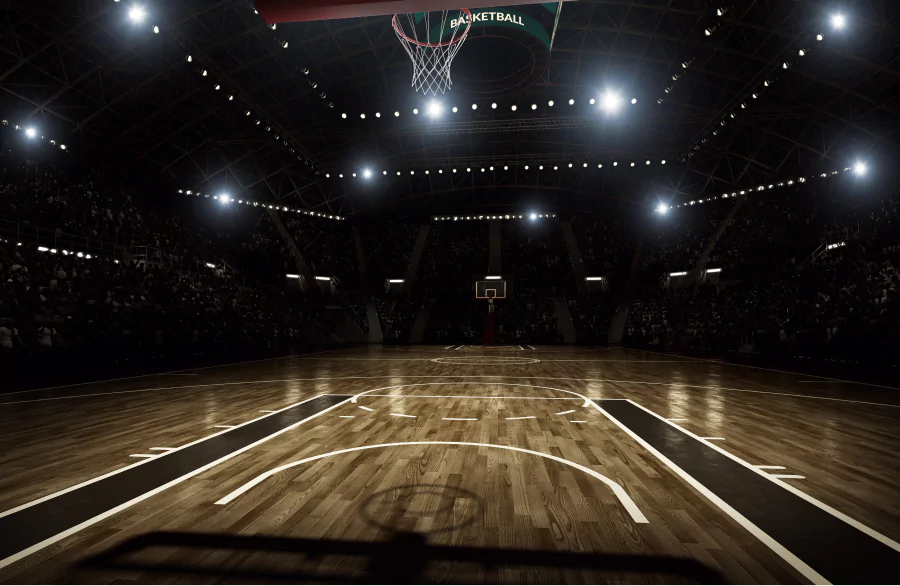
This feature is available for Premium & Elite Members
Upgrade NowThese fields are only available with an ELITE membership.
Upgrade MembershipThese updates reflect the NCAA’s ongoing efforts to adapt to the changing landscape of college athletics. Prospective student-athletes should familiarize themselves with these changes to navigate the recruiting process effectively. For the most current information, consult your Insight-Athletics Advisor.